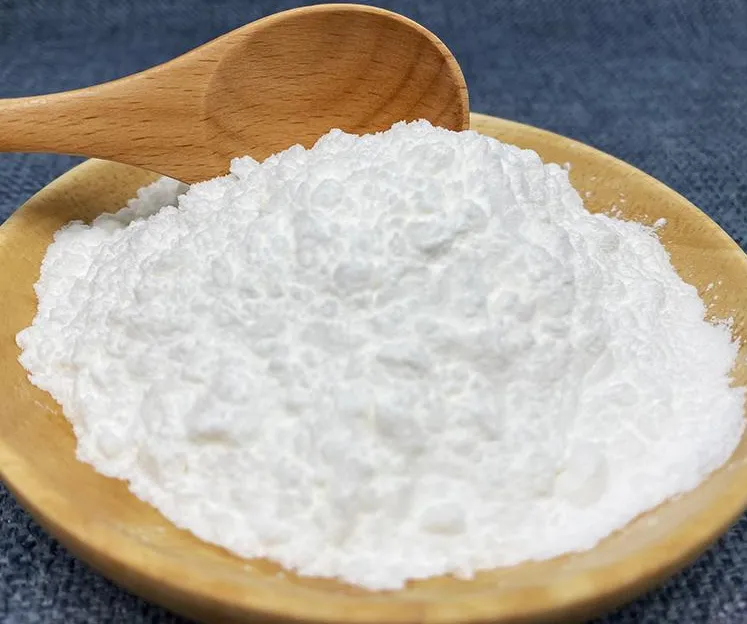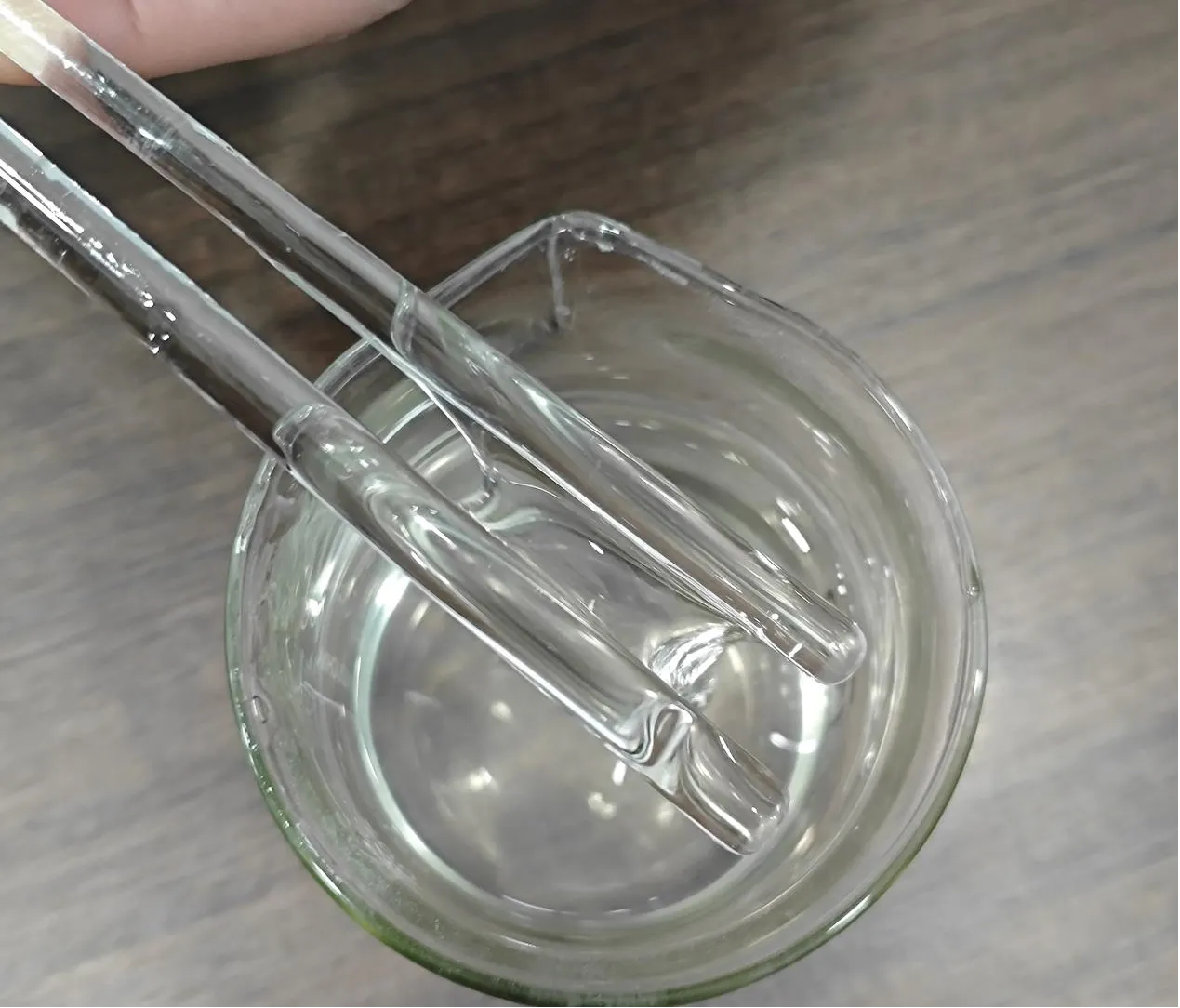
Unlocking the Versatility of Cellulose: From Microcrystalline Cellulose for Sale to Innovative Packaging Solutions
Exploring Different Forms of Cellulose and Their Industrial Uses
Cellulose, the most abundant natural polymer, plays a crucial role in many industries due to its unique properties and versatility. Whether it’s microcrystalline cellulose for sale, carboxymethyl cellulose, or cellulose acetate, this natural polymer’s derivatives are transforming various sectors from pharmaceuticals to packaging.
One widely used form is microcrystalline cellulose (MCC), a purified, partially depolymerized cellulose that is safe for humans and commonly used as a binder, filler, and stabilizer in tablets and food products. Many suppliers offer microcrystalline cellulose for sale globally, catering to pharmaceutical and food manufacturers seeking high-quality, biocompatible excipients.
คาร์บอกซีเมทิลเซลลูโลส (CMC), including carboxy methyl cellulose sodium, is another vital cellulose derivative known for its thickening, stabilizing, and water retention properties. Specialty types like cross linked sodium carboxymethyl cellulose enhance viscosity and gel strength, making CMC indispensable in food, cosmetic, and drilling applications.
In addition to chemical derivatives, cellulose itself forms the backbone of natural materials like cellulose in cotton fiber, lending strength and softness to textiles. Extraction techniques like extracting cellulose from plants focus on isolating this valuable component for further processing.
Innovative uses also include cellulose packaging, which offers an eco-friendly alternative to plastics. This sustainable material reduces environmental impact while maintaining durability. Complementary products like cellulose sanding sealer and cellulose tape find applications in woodworking and packaging respectively, highlighting cellulose's diverse utility.

Specialized Cellulose Derivatives: Industrial Relevance and Market Dynamics
Among specialized derivatives, cellulose acetate stands out for its application in photographic films, cigarette filters, and textiles. The demand has led to the growth of cellulose acetate manufacturers worldwide supplying tailored products for these industries.
For liquid-based applications, hec hydroxyethyl cellulose and branded products like cellosize hydroxyethyl cellulose provide water-thickening, stabilizing, and film-forming capabilities. These derivatives are widely used in personal care, paints, and adhesives.
Market factors such as cellulose price per kg depend on purity, derivative type, and global supply-demand dynamics. The fluctuating price influences procurement decisions in industries relying on cellulose-based raw materials.
Understanding what is the purpose of cellulose helps appreciate its broad application: it provides structural integrity in plants, acts as a raw material for bio-based products, and enhances formulation stability in industrial applications.
Biodegradation is another key feature of cellulose. Enzymes like cellulase breaks down cellulose into glucose, facilitating environmental recycling and enabling biotechnological innovations.

The Growing Importance of Cellulose in Sustainable Industries
Cellulose and its derivatives such as microcrystalline cellulose, carboxymethyl cellulose, และ cellulose acetate continue to gain prominence due to their versatility and sustainability. From pharmaceutical excipients to eco-friendly cellulose packaging and industrial additives like hec hydroxyethyl cellulose, the range of applications is vast.
Manufacturers and consumers alike benefit from cellulose’s natural abundance and biodegradability, supporting global efforts to reduce plastic reliance and promote green chemistry.
With the ongoing demand for renewable materials, understanding cellulose’s roles—from cellulose in cotton fiber to advanced derivatives—will be essential for future innovations and sustainable development.

FAQs About Cellulose and Its Industrial Applications
What is microcrystalline cellulose and is it safe for humans?
Microcrystalline cellulose is a purified cellulose powder used as a food and pharmaceutical additive. It is generally recognized as safe (GRAS) for human consumption.
How does carboxymethyl cellulose differ from sodium carboxymethyl cellulose?
Carboxymethyl cellulose is a cellulose derivative, and sodium carboxymethyl cellulose is its sodium salt form, often used for better solubility and thickening properties.
What are common uses of cellulose acetate in industry?
Cellulose acetate is used in photographic film, cigarette filters, textiles, and coatings due to its durability and film-forming properties.
How is cellulose extracted from plants?
Cellulose is extracted via mechanical, chemical, or enzymatic processes that separate it from lignin and hemicellulose in plant biomass.
What role does cellulase play in cellulose degradation?
Cellulase enzymes break down cellulose into glucose units, aiding in natural decomposition and enabling biofuel production.
-
Hydroxypropyl Starch as a Sustainable Construction AdditiveNewsNov.24,2025
-
The Gelation Properties of CMCNewsNov.21,2025
-
Redispersible Latex Powder and Water Retention CapacityNewsNov.21,2025
-
Dosage Control for Polycarboxylate Water ReducerNewsNov.21,2025
-
Film-Forming Properties of Polyvinyl AlcoholNewsNov.21,2025
-
The Function of Gypsum Additives in MortarNewsNov.21,2025





















